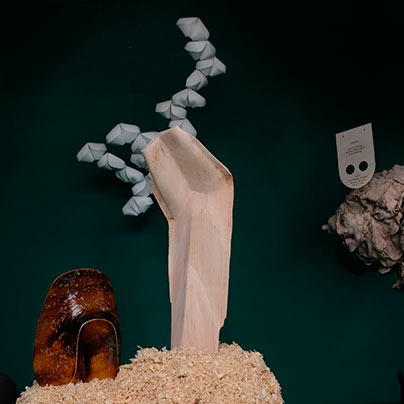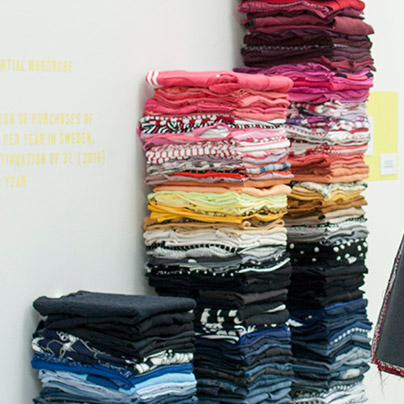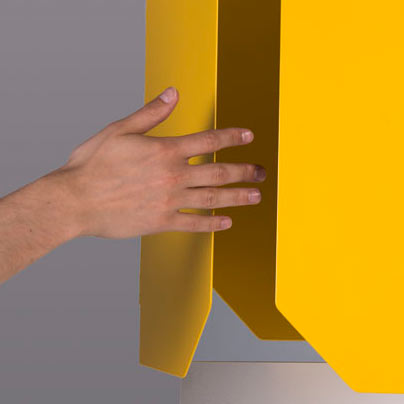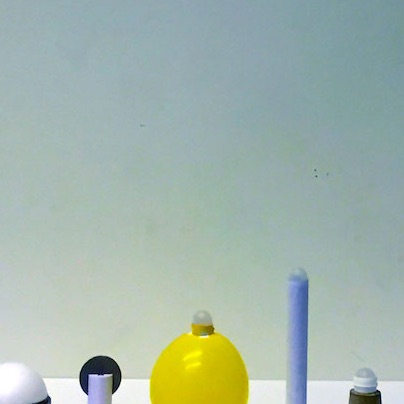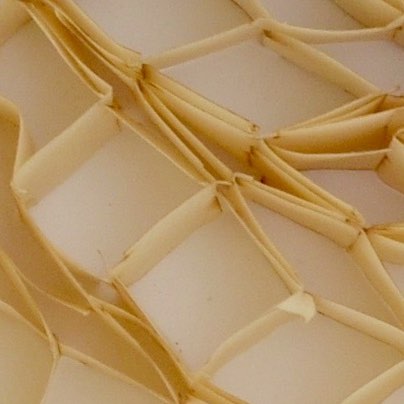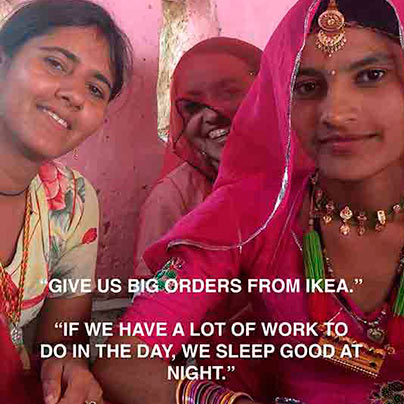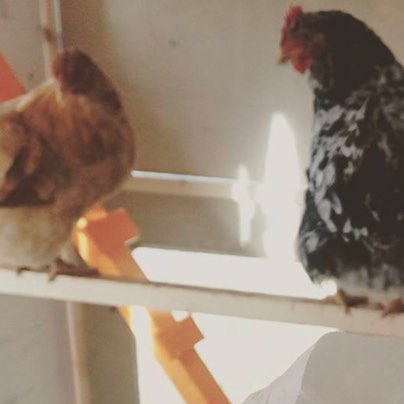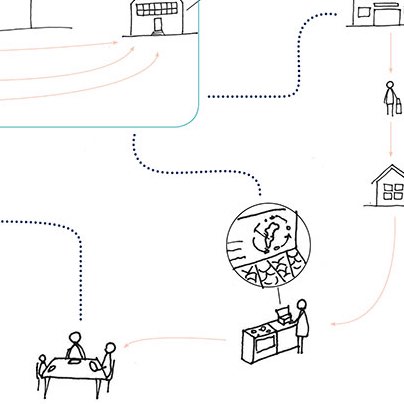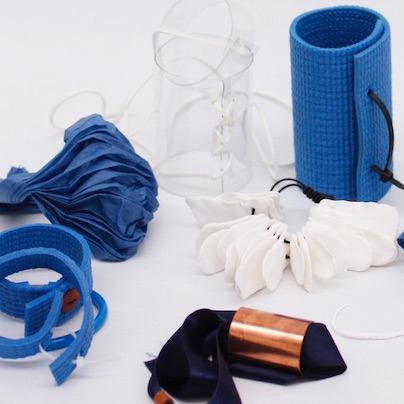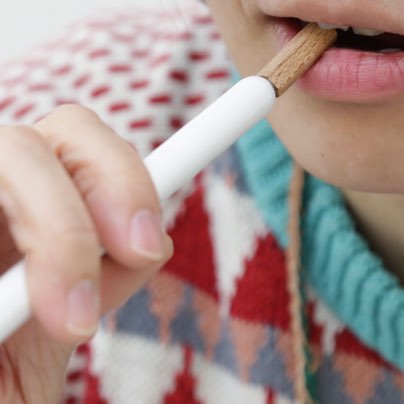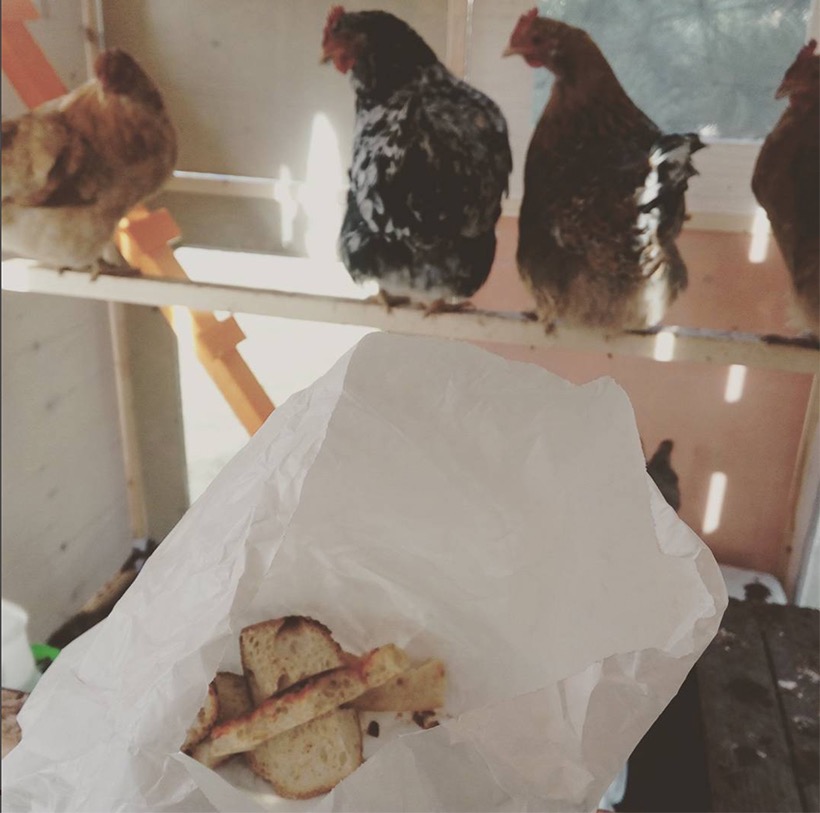
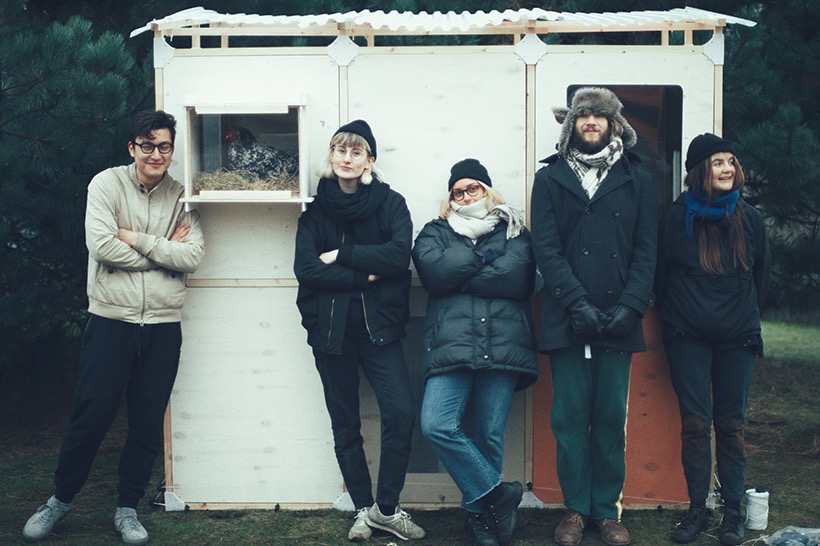
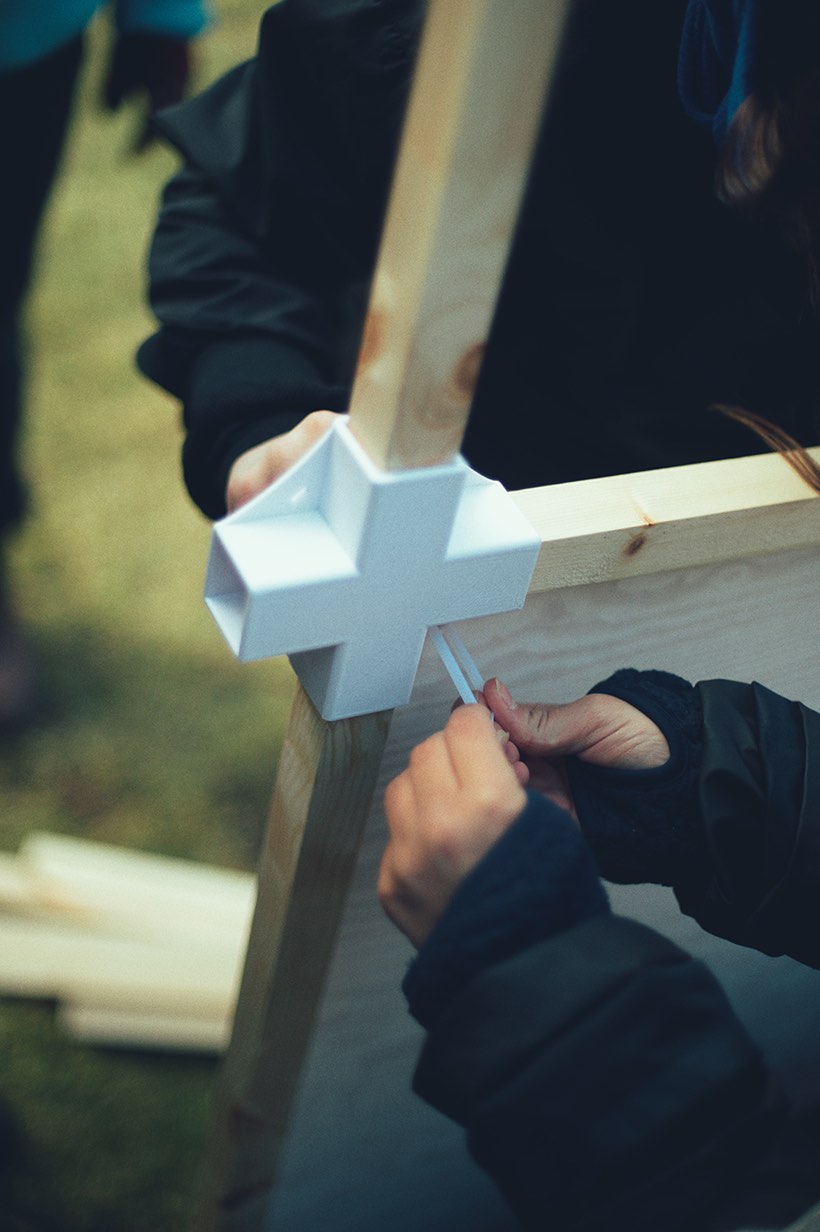
During one week, I went through the rubbish of a building with around 30 apartments in order to understand how and why we throw away food. The fact that food is often produced far away and is easily available in stores means that we do not perceive its value. Is it possible that our complex food production has severed us from the processes of nature and the real value of raw materials?
From the food waste, I was able to deduct, for example, that the residents of the building eat a lot of eggs. So what would happen if they were given a henhouse?
I have designed a prototype for a henhouse that gives urban residents a chance to try their hand at taking care of five chickens together with their neighbours. I look at what the residents need to create a sense of community and manage the henhouse. Could such a prototype create a sense of community and give the residents a better understanding of and a greater commitment to a circular food economy?
Under en vecka gick jag igenom soporna i ett hyreshus med ca 30 hushåll för att förstå hur och varför vi slänger mat. Att maten ofta produceras långt ifrån oss och finns lättillgänglig i affären kan göra att vi inte upplever matens värde. Kan den komplexa matproduktionen ha särkopplat oss från naturens processer och råvarans verkliga värde?
Bland de slängda matresterna kunde jag bland annat förstå att de boende i hyreshuset äter mycket ägg, vad skulle hända om de boende fick ett hönshus?
Jag har designat en prototyp, ett hönshus där boende i stadsmiljö tillsammans med sina grannar testar att ta hand om fem hönor. Jag undersöker vad de boende behöver för att på bäst sätt skapa gemenskap och sköta driften. Kan denna prototyp skapa gemenskap och få de boende att skapa en förståelse och engagemang för en mer cirkulär matekonomi?
